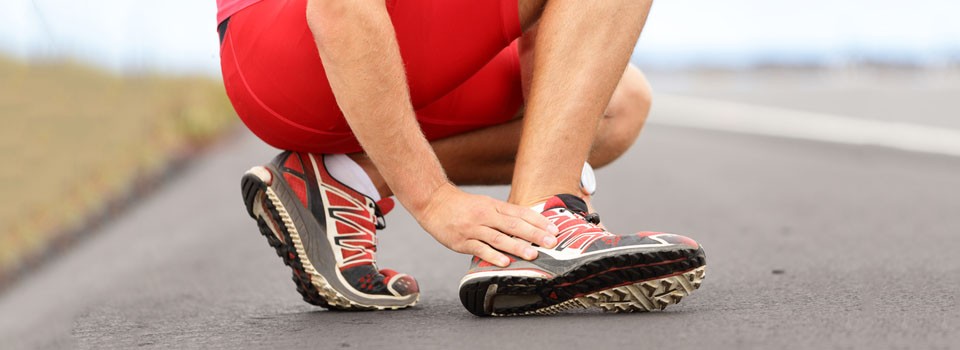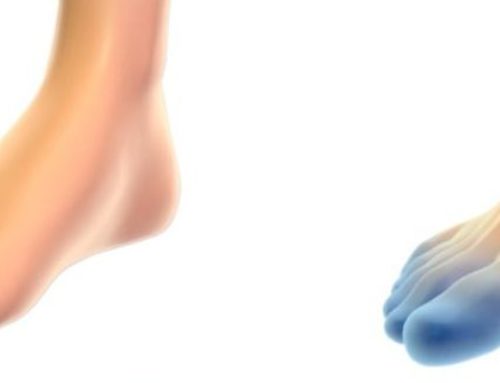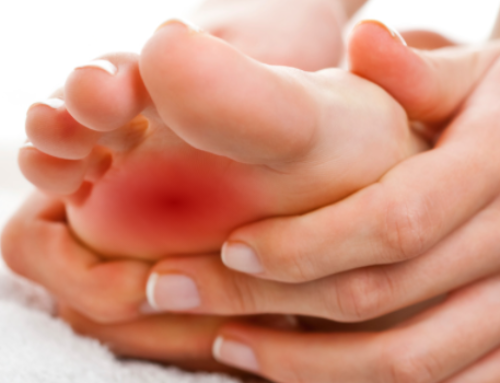
Footwear is a necessity in today’s culture to keep feet protected and the shoes of choice will help maintain proper foot health and reduce any pain and unwanted problems. Good footwear are the ones that will keep your foot supported and remember that not every shoe is good for every activity – which is the reason that each person needs to have several different pairs of footwear in their closet.
It may be distressing for some women to know that stilettos (very high and narrow heels) with pointed toes are the worst and most damaging footwear. They may be fashionable, but the potential pain (such as hammer toes, corns and bunions) may not be worth it in the long run as these problems may eventually require surgery. Heels should be less than two inches as higher heels will put more than seven times more pressure on the balls of your feet. Narrow heels will also misalign your entire posture, not to mention cause injury to calf muscles, knees and lower back. The best heel style for overall health and well-being should be a chunky or wider heel as standing in heels that are high and narrow will cause your feet to be pushed forward and your total weight will be redistributed and not be natural. Round or square tipped toes are an excellent choice in keeping your toes and feet healthy as the chances of bunions, corns and hammertoes are reduced since your toes will not be crowed and forced into a small space.
On the other hand, ballet slippers (or shoes without any support or a slightly raised heel) are just as bad as stilettos. Because they lack support and cushioning – plantar fasciitis, shin splints and inflammation of the foot and heel area increased.
Flip flops should be worn occasionally only as you are not only at risk for the same negative conditions caused by ballet shoes but having your feet exposed increases your risk of getting cuts and scrapes on your feet. It is also easy for ankle sprains to occur if flip flops are part of your daily foot wear.
When shopping for footwear, forgo a morning shopping spree as the end of the day is the best time to shop for shoes because your feet are naturally larger due to swelling from the day’s activities. One of the important things to remember is that any type of footwear should not be broken in. If they don’t fit properly in the store, they will never feel good and this is a prime indicator to stay away from that particular purchase.
To avoid excess foot sweat and potentially painful blisters, it is best to choose shoes that are made from breathable material (such as leather) and avoid synthetic types of material as these don’t allow air to properly circulate.
As a final shoe shopping tip, get your feet measured every time you make a new purchase of footwear because feet naturally lengthen and widen with age. Doctor Ken Lefkowitz, of Quality Foot Care, can evaluate your shoes in his Doylestown office.



